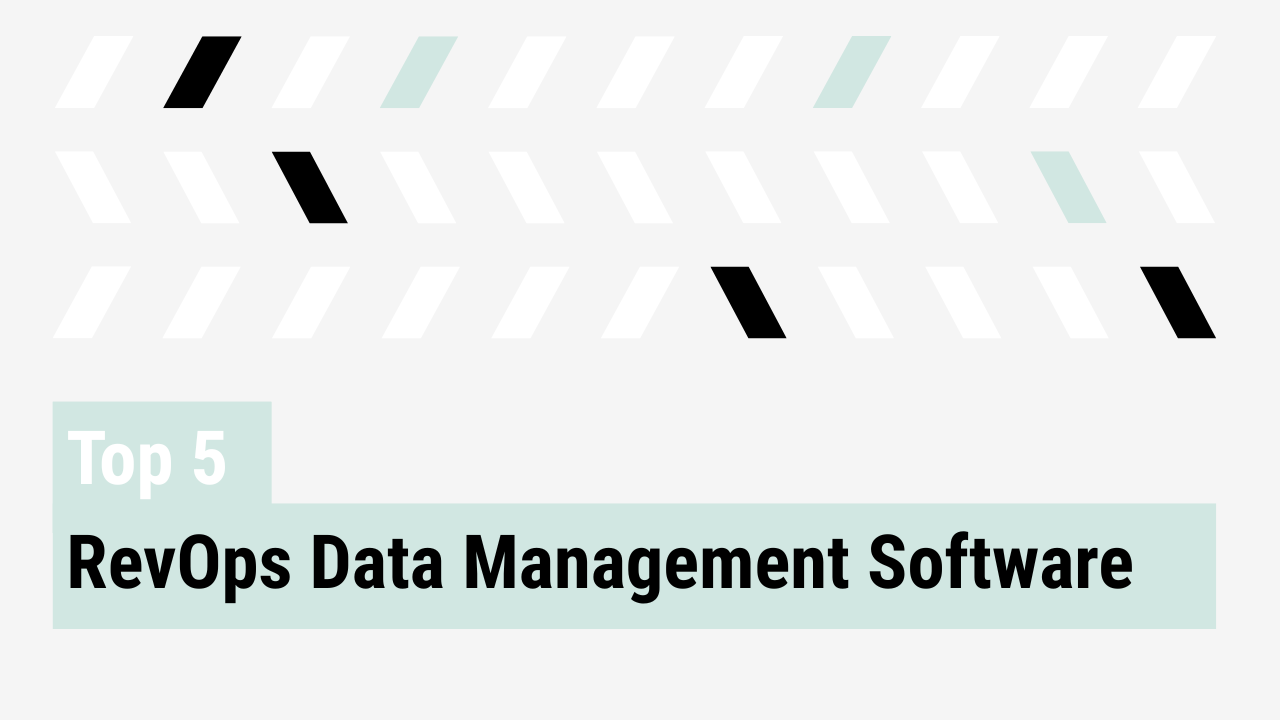Aligning people, pipeline, and systems to meet growth goals
Ambitious revenue targets are rarely the problem. Execution is. Leaders miss goals when people, pipeline, and systems are not aligned. Strategic capacity planning for GTM gives RevOps leaders the structure to balance resources with reality, and the agility to adjust when the market shifts.
Why adaptive planning matters
Annual plans often break down by mid-year. Assumptions change, and leaders are left managing to outdated models. Adaptive planning addresses this by combining structure with flexibility.
RevOps teams are adopting rolling OKRs, shorter GTM sprints, and scenario-based planning. This approach creates a rhythm of constant recalibration. Shared dashboards keep marketing, sales, and finance aligned on pipeline health, conversion rates, and velocity. The result is a plan that evolves continuously without losing sight of strategic goals.
RevOps frameworks for capacity planning
Frameworks bring discipline to adaptive planning. They ensure complexity is managed in a predictable way. Below are practical build steps for each framework so your team can stand them up quickly.
SiriusDecisions operating model, how to build it
- Define the common language: publish a short data dictionary for lead, contact, MQL, SQL, SAL, SQO, stage names, and forecast categories. Lock it with change control.
- Map the demand waterfall: instrument conversion points from anonymous to closed won, capture timestamps for each handoff, and store stage-entered dates for velocity.
- Stand up KPI hierarchy: pick 8 to 12 non negotiable metrics, for example pipeline coverage, stage by stage conversion, win rate by segment, cycle time, forecast accuracy, attainment, ACV and expansion. Set owners and weekly refresh cadence.
- Governance: institute a bi weekly RevOps council with Sales, Marketing, CS, and Finance. Agenda, metric review, variance analysis, decisions, action items.
- Dashboards: one executive scorecard, one manager performance view, one rep level view. Same definitions across all.
- Close the loop: create a feedback path for disqualified and lost reasons, and route insights to enablement and campaigns.
Source: Forrester
Artifacts, data dictionary, stage map, KPI tree, dashboard specs, governance charter.
TOPO framework, how to build it
- Define plays: choose the top 3 to 5 revenue plays for the quarter, for example outbound into ICP tier one, expansion in installed base, partner co sell. For each play, document triggers, target list, messaging, channel mix, SLAs.
- Operationalize: package each play into the CRM with fields, stages, tasks, sequences, and enablement content. Create play specific dashboards.
- Measure: set play level KPIs, contact to meeting, meeting to SQO, SQO to win, ASP, cycle time. Review weekly, retire or iterate low performers.
- Scale: templatize winning plays, train managers to coach to the plays, and link incentives or SPIFs to adoption and outcomes.
Source: Gartner
Artifacts, playbooks, sequence libraries, play dashboards, coaching guides.
Annual GTM planning playbook, how to build it
- Top down targets: align with Finance on ARR and growth assumptions by segment, region, product.
- Bottoms up: collect capacity inputs from GTM leaders, productivity ramp, quota per head, time to ramp, attainment.
- Capacity model: build a simple model by segment with reps required, managers required, SDR to AE ratios, coverage model, and fully loaded cost.
- Pipeline plan: derive required pipeline by quarter using win rates and cycle times. Allocate pipeline responsibility across Marketing, SDR, AE, Partners.
- Compensation design: align plans to the model, quota relief rules, accelerators, clawbacks, and SPIFFs that reinforce the plan.
- Operating calendar: publish a planning calendar with monthly checkpoints and quarterly re forecasts.
- Communication and rollout: run enablement, publish a one page plan per team, and set QBR agenda tied to the plan.
Artifacts, one model spreadsheet, hiring plan, pipeline allocation model, comp plan summary, operating calendar, QBR template.
Broader planning practices to learn from
GTM planning benefits from operations and finance disciplines. Here is how to implement them in a commercial context.
Sales and operations planning, S&OP, how to build it
- Cadence: run a monthly cycle, week 1 demand review, week 2 supply and capacity review, week 3 pre S&OP, week 4 executive S&OP.
- Inputs: latest revenue forecast, pipeline by stage, marketing demand plan, headcount and hiring plan, enablement capacity, product launch calendar, support capacity.
- Process: reconcile demand and capacity, identify gaps by segment and region, decide tradeoffs, hiring acceleration, campaign lift, pricing or packaging.
- Outputs: a constrained revenue plan, an updated hiring and demand plan, risks and mitigations.
- Governance: name process owners, RevOps runs the calendar and the math, Finance co owns decisions.
Artifacts, S&OP calendar, meeting decks, gap tracker, decision log.
Integrated business planning, IBP, how to build it
- Unify plans: connect the strategic plan, financial plan, and GTM operating plan in one model, same dimensions and definitions.
- Scenario modeling: maintain at least three scenarios, base, upside, downside, with explicit levers, win rate, cycle time, hiring, ASP, churn.
- Integrated reviews: replace siloed QBRs with a single monthly IBP review where Sales, Marketing, CS, Product, and Finance review the same scorecard.
- Capital allocation: tie investment decisions to IBP scenarios, for example headcount release tied to pipeline and productivity gates.
- Tooling: start in a spreadsheet with clear ownership, graduate to a connected planning tool only after two stable cycles.
Artifacts, an integrated model, shared scorecard, scenario catalog, capital release gates.
Framework comparison table
| Framework | Primary focus | Strengths | Use cases |
|---|---|---|---|
| SiriusDecisions operating model | Standardization, KPI alignment, forecasting discipline | Reduces friction across teams, ensures shared definitions | Companies needing consistent metrics and reporting discipline |
| TOPO framework | Scalable execution, play-based measurement | Creates predictable revenue, emphasizes repeatable plays | High-growth orgs seeking predictable revenue engine |
| Annual GTM planning playbook | Structured annual GTM alignment (top-down + bottom-up) | Provides step-by-step planning flow tied to execution | Startups and scale-ups aligning GTM planning with finance |
| Sales & operations planning (S&OP) | Balancing demand and supply across functions | Rolling reconciliation process, keeps plans agile | Orgs with complex supply-demand balance needs |
| Integrated business planning (IBP) | Integrating strategy, finance, and operations into one plan | Connects financial, strategic, and operational planning | Enterprises requiring cross-functional financial integration |
Takeaway
Strategic capacity planning is an operating discipline. Leaders who apply adaptive planning, proven RevOps frameworks, and integrated practices such as S&OP and IBP build plans that are resilient, transparent, and scalable.
When frameworks function as the operating system, GTM organizations move beyond guesswork. They establish growth plans that hold up to market shifts and deliver predictable outcomes.



